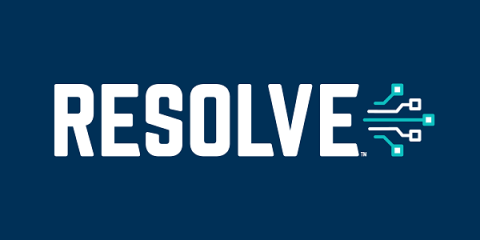Partnering for the planet: our investment in a supplier education programme to step up environmental responsibility in Pulsant's supply chain
As part of Pulsant’s commitment to make a positive difference to our environment, we recently pushed ourselves forwards in value chain engagement and brought together a cohort of SME suppliers for a series of in-person decarbonisation workshops. In association with sustainability specialists SLR Consulting, our investment in these sessions supported our suppliers in understanding the landscape of decarbonisation and establishing their own action plans.











